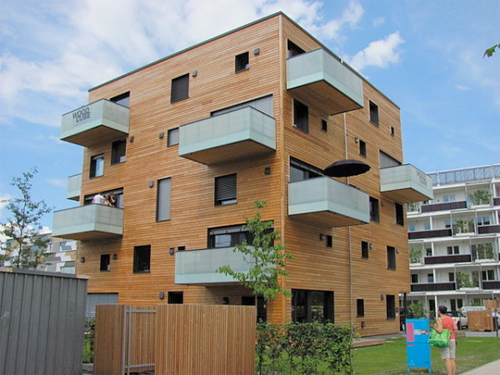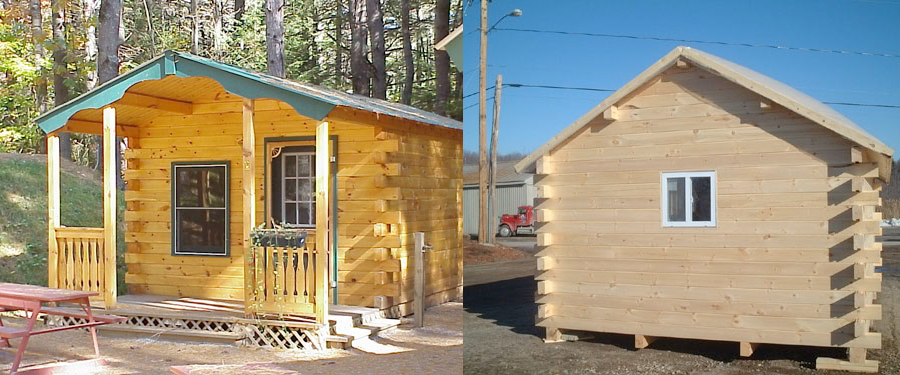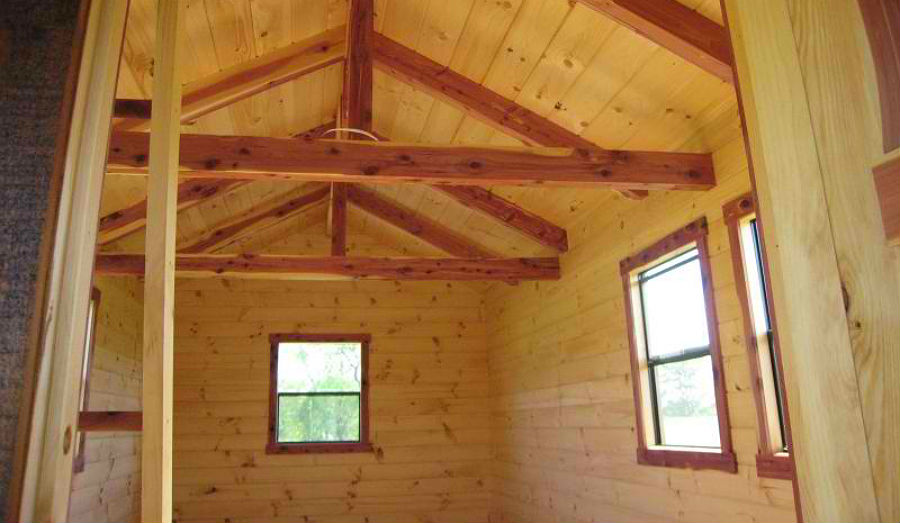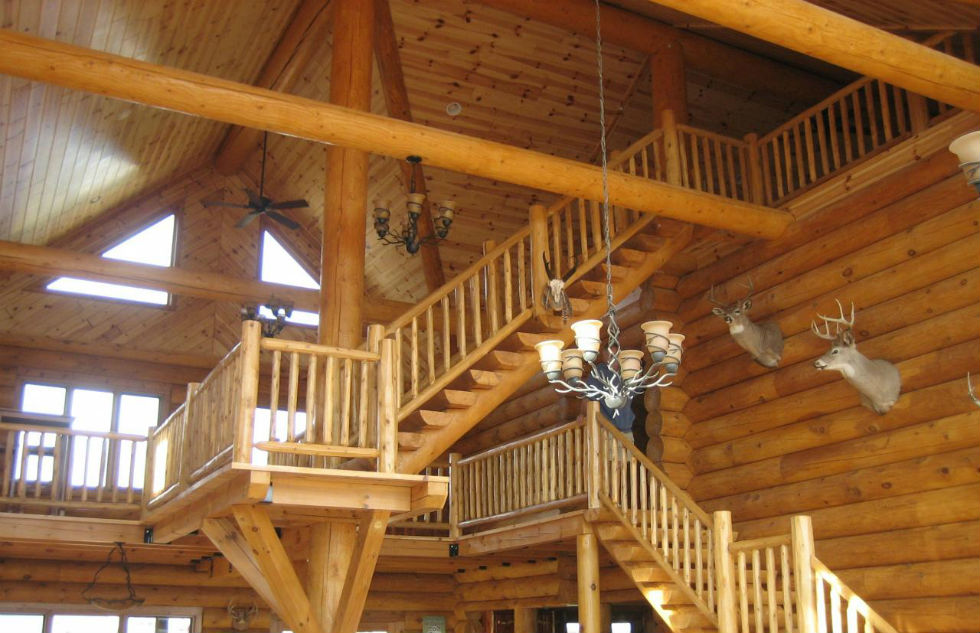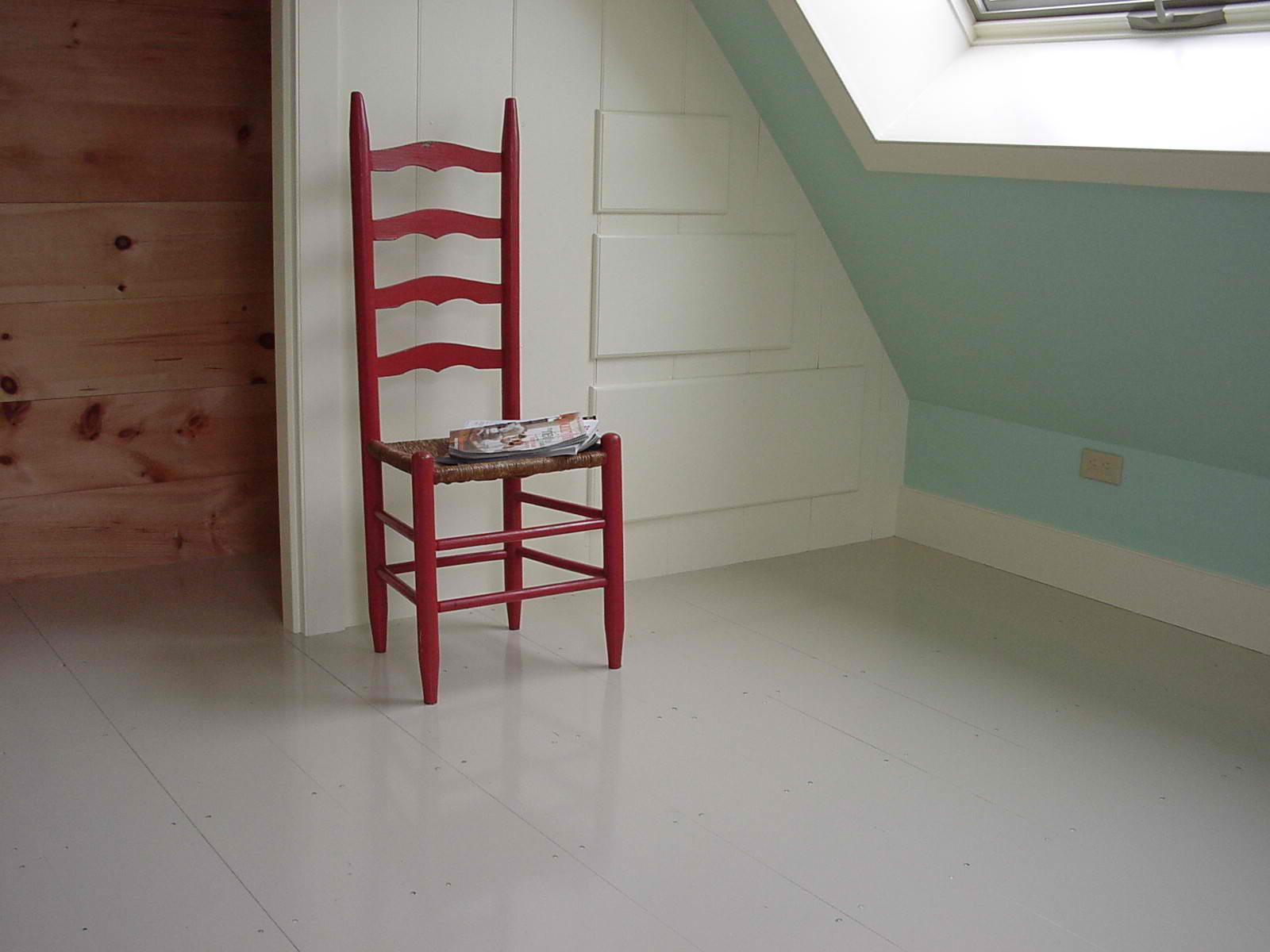Wood is starting to steal steel’s thunder. The latter’s popularity has fallen out of favor in recent years for large building projects, and the argument that it’s more sustainable than wood is questionable, to say the least. Now, structures and tower concepts made entirely of wood are proving that this natural, renewable material is more versatile than many people have imagined. Woodcube, a 5-story carbon-neutral apartment block in Germany, is one notable example.
Woodcube, by German architectural firm Architekturagentur, is made almost entirely of wood, with the exception of just a few parts like fixtures and the elevator shaft. It was built without glue or chemical treatment of any kind for a high-performance result that’s not just aesthetically pleasing, but also easier to recycle.
The 16,000-square-foot building contains eight residential units, and everything inside including beams and diving walls was made out of wood. Wooden dowels hold the various components together, resulting in thick, strong, naturally insulated walls that eliminate the need for toxic materials.
Wood is gaining traction as an attractive and environmentally responsible addition to modern architecture, showing up in beautifully carved exterior facades that provide shade and privacy, lowering a building’s energy consumption and adding visual interest. It’s also the focus of a new movement for sustainable super-structures, starting with a 30-story wooden skyscraper in Vancouver.

